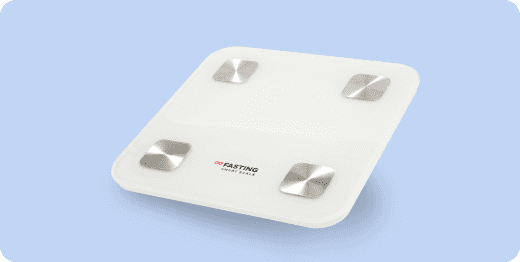Contents
Why Healthy Aging is Important
Life expectancy in the United States has been decreasing in recent years. In 2021, the average American could expect to live up to 76 years, three years less than in 2019.
According to the National Center for Health Statistics, COVID-19 is one of the main contributors to this decrease. While the pandemic has had a global impact, it appears to have had a more significant effect on the United States than other high-income countries.
There are several reasons for this, including the lack of universal healthcare in the United States—a unique situation in the developed world.
In addition, the average American’s health decline begins way earlier than expected, at around 50. Numerous socioeconomic and behavioral factors contribute to declining health as we age, including diet, exercise, unhealthy habits, financial insecurity, and poverty, among many others.
The Healthy Aging Index aims to highlight the areas of improvement in each state and help people make better decisions regarding healthy aging.
What is the Healthy Aging Index
The 2022 Healthy Aging Index is a study that analyzes the state of healthy aging in the United States. It was led by DoFasting, a digital health organization focused on intermittent fasting.
The World Health Organization (WHO) defines healthy aging as the process of developing and maintaining the functional ability that enables well-being in older age.
DoFasting took a different approach and analyzed the lifestyle choices that promote health and long-term independence, ultimately contributing to a high quality of life in old age.
The Healthy Aging Index ranks all 50 states in the US from best to worst in terms of healthy aging. It considers five categories, each of which has five unique factors:
- Demographics: education, crime rate, retirement age, fertility, and newborn mortality.
- Economics: income, expenditure on chronic disease, healthcare cost, poverty level, and personal consumption expenditure.
- Behavioral aspects: alcohol consumption, smoking, regular exercise, physical inactivity, and diet.
- Healthcare: sanitation and water supply, healthcare availability, obesity, diabetes, and high blood pressure.
- Mental health: marriage rate, divorce rate, loneliness, mental well-being, and suicide rate.
This approach calculates an overall measure of healthy aging across the United States. The higher the score, the better the position in the 2022 Healthy Aging Index.
Results of the Healthy Aging Index
Utah, an increasingly attractive relocation destination, comes first in the 2022 Healthy Aging Index. The main factors contributing to this score are low alcohol consumption rates, low smoking rates, and low rates of conditions that might reduce life expectancy by up to 5 years, such as hypertension.
Top 5 best states for healthy aging
- Utah
- Colorado
- Massachusetts
- Connecticut
- Minnesota
These states also tend to have high levels of education and are among the top spenders in the fight against chronic diseases.
Top 5 worst states for healthy aging
- Alabama
- Kentucky
- Louisiana
- West Virginia
- Mississippi
Research by DoFasting has found that 4 out of the 5 best states for healthy aging also have some of the highest income rates, indicating that people in these states have better access to healthcare, including insurance and preventative care.
In contrast, low income has been linked to greater exposure to health risk factors, and the bottom five states for healthy aging are among those with the lowest income rates.
Unsurprisingly, the least active states have also scored low on the healthy aging index. What’s interesting, however, is that the states with the highest exercise rates are not among the top healthy aging states either.
One of the most concerning factors determining a low healthy aging index is declining mental health. Almost all of the lowest-ranking states have scored low on the mental well-being scale.
Intermittent Fasting and Healthy Aging
Intermittent fasting has taken the world by storm over these past few years. This time-restricted eating pattern allows your body to enter ketosis; a fat-burning process praised for its weight-loss capabilities.
So, yes, intermittent fasting can help you lose weight. However, its benefits go way beyond a few lost pounds.
Part of the fascination with intermittent fasting stems from its potential to delay the effects of aging, reduce inflammation, and improve cardiovascular health, all of which promote healthy aging and contribute to minimizing the risk of age-related diseases.
Fasting for prolonged periods also triggers autophagy, a cellular repair process that has been shown to decrease the number of cancerous cells.
Although human studies on intermittent fasting are limited, current findings show its potential for improving your overall health.
Conclusion
Ultimately, the key to healthy aging is making conscious choices about your health. While certain factors, such as where you live, may be beyond your control, there are many things you can do to promote your long-term well-being. These include eating a balanced diet, exercising regularly, establishing a healthy eating pattern, getting enough sleep, and avoiding unhealthy habits such as drinking alcohol or smoking.
By taking these steps, you can improve your chances of aging healthily and reduce your risk of age-related diseases.
You can find the complete study here.
See how DoFasting will improve your life
Find out what works for you with this 60-sec quiz approved by our experts and get your personal revolutionary fasting assistant.
Start the Quiz












